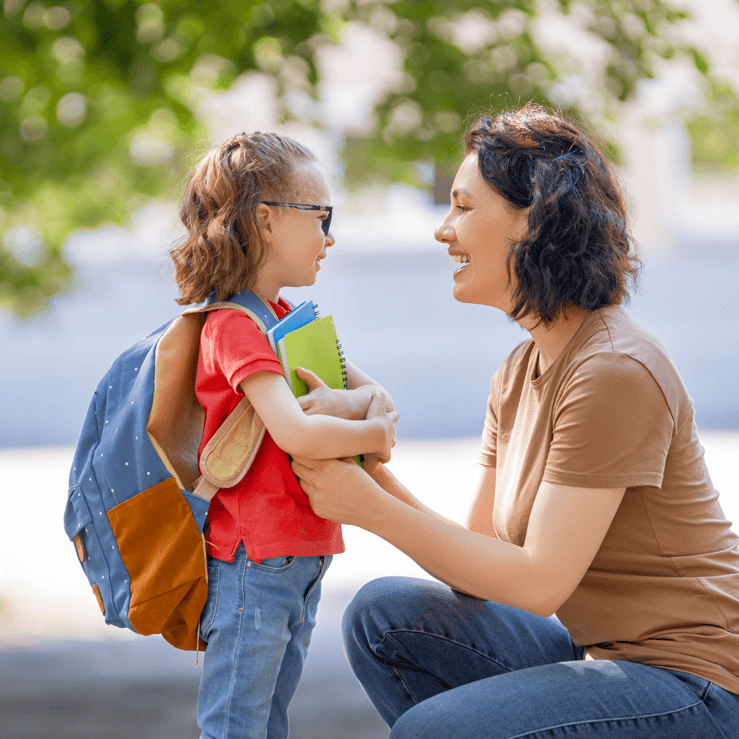Grateful Kids Are Happy Kids: Teaching Gratitude to Children
Gratitude is a powerful tool that can significantly enhance a child's social and emotional development.
Nov. 1, 2024
Gratitude is a powerful tool that can significantly enhance a child's social and emotional development. By fostering an attitude of gratitude, children can become more empathetic, resilient, and content. As parents and caregivers, you have the opportunity to guide your child in developing this valuable skill. Here are some practical and effective strategies to begin this journey.
Start Small: Emphasize Simple Thank Yous
Teaching gratitude can start with the simplest actions, such as encouraging children to say thank you. Although it might seem like teaching basic manners, expressing gratitude through simple thank-yous lays the foundation for a deeper understanding of appreciation. Here’s how you can start:
Encourage children to say thank you when someone shares a toy or offers help.
Praise them when they remember to express thanks without prompting.
Suggest writing thank you notes to individuals who have positively impacted their lives, such as teachers or friends.
Remember, these actions might seem small, but they can have a lasting impact on developing gratitude.
Build Gratitude as a Habit
Gratitude is not innate; it is a habit that takes time and practice to develop. Just as regular practice helps improve skills in sports or music, consistent practice in gratitude helps cultivate this valuable trait in children. Consider incorporating these activities into daily routines:
During family meals, encourage each person to share something they are grateful for that day.
Create a gratitude jar or journal where family members can note down things they appreciate.
At bedtime, ask your child to recount three positive things from their day and discuss the feelings associated with them.
This consistent practice will help transform gratitude from an occasional activity into a lifelong mindset.
Model Gratitude Yourself
Children learn best by example, and you are their most influential model. Demonstrating gratitude in your own life provides children with a template for their behavior. Acknowledge the good things around you and share your gratitude with your child. Here are some ways to model this:
Verbally express appreciation for everyday things, like a delicious meal or good weather.
Share moments of gratitude, such as thanking a friend for their support.
Encourage your child to reflect on how these expressions of gratitude make them feel.
By modeling gratitude, you instill this value in your child, helping them recognize and appreciate positive aspects beyond themselves.
Cultivating a Lifelong Attitude of Gratitude
Incorporating gratitude into daily life doesn't have to be overwhelming. Start small and choose one or two activities to regularly practice with your child. These efforts will not only enrich their childhood but also equip them with tools and habits that will benefit them throughout their lives.
Teaching gratitude is a journey, and it's never too late to start. By fostering this mindset, you are contributing to the development of happier, more appreciative individuals.

